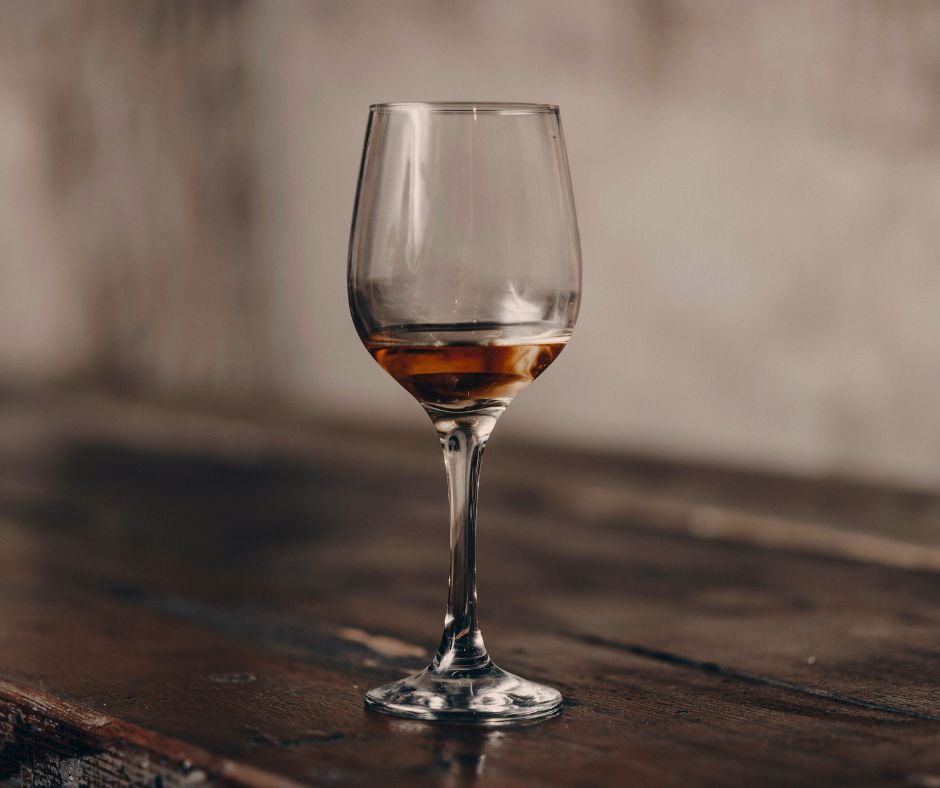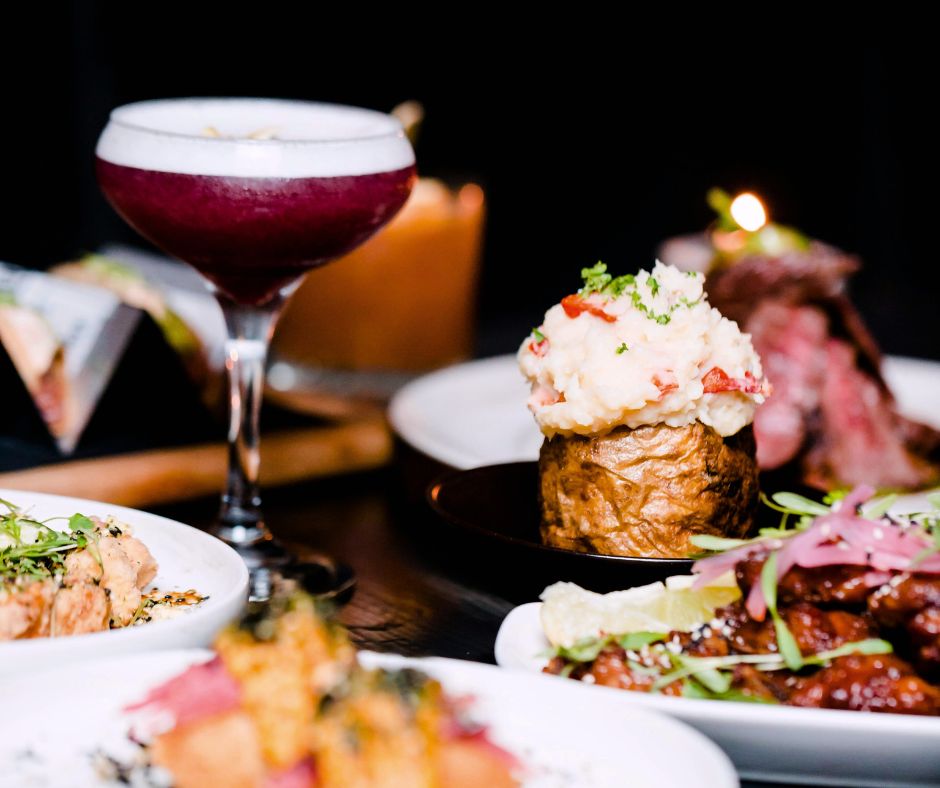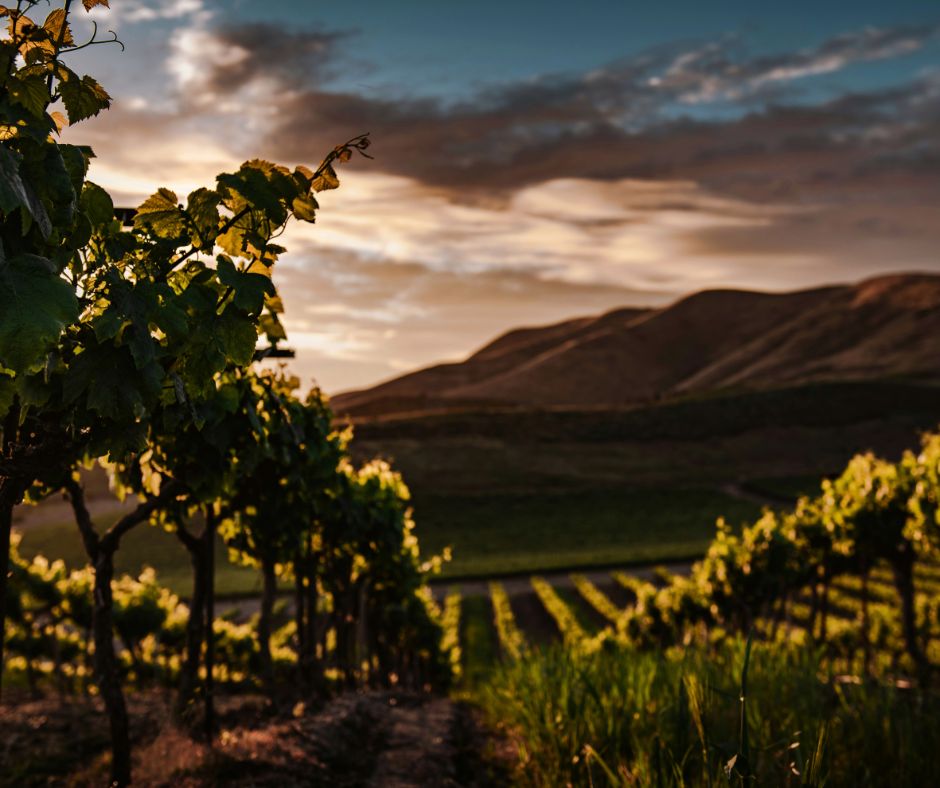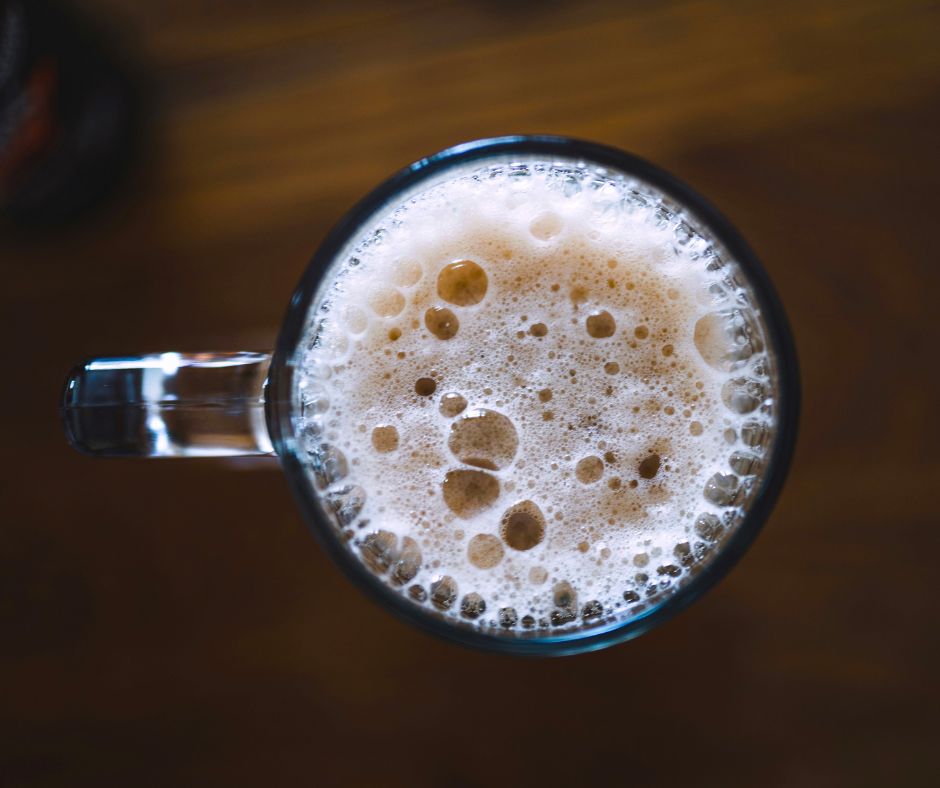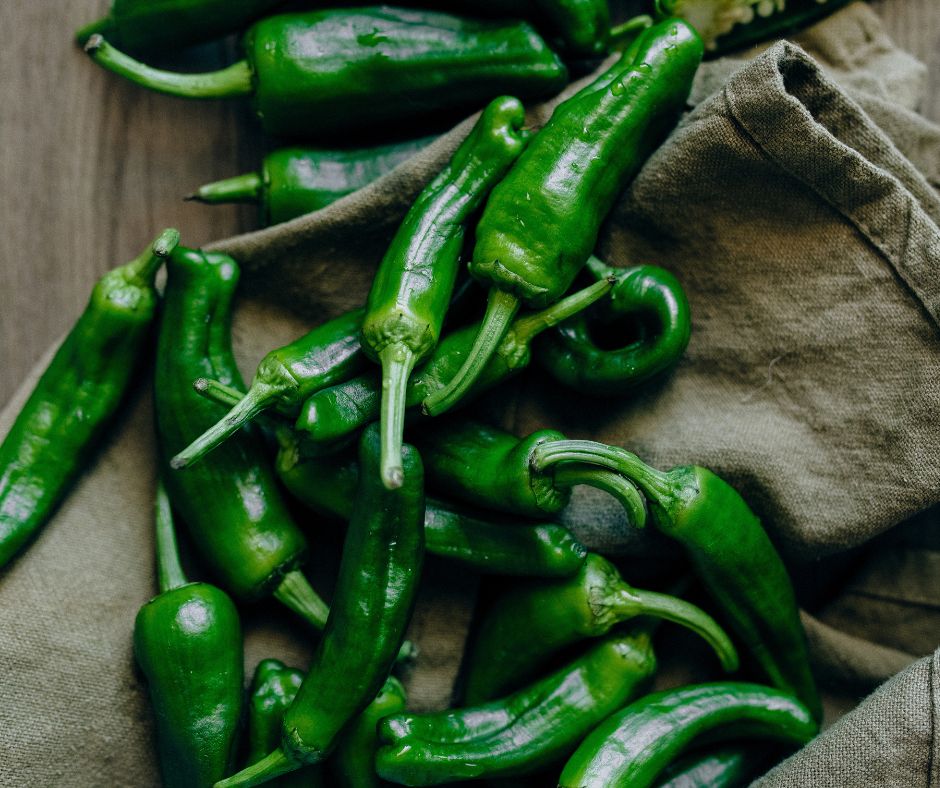You’ve probably seen it on a label — “Old Vine” or even “Ancient Vine.” It sounds impressive and often comes with a bump in price. But what does it actually mean?
Truth is, there’s no official definition. No global standard. “Old” just means the oldest vines in that vineyard — often 30 to 40 years old or more. In some regions, like parts of California, “Ancient Vines” may refer to plots planted over 100 years ago. That term, though, is often used more for storytelling than science.
Legend vs. History
There’s a popular legend in the wine world that “Ancient Vine” plots somehow survived the chaos of Prohibition — hidden, protected, or miraculously preserved. It’s a romantic idea, and we don’t mind a good legend here at Pairable™.
But the real story is this: during Prohibition, most vineyards in California were burned, bulldozed, or left to die. The thriving wine industry of the late 1800s was decimated.
One grape, however, was spared: Zinfandel. Why? It was widely used for communion wine, which remained legal under religious exemptions. California winemakers, already finding success with Zinfandel’s bold flavor and reliable growth, leaned into that loophole — and many Zinfandel vines survived as a result.
That’s why today, when you see “Ancient Vine” on a bottle, it’s most likely attached to Zinfandel — a grape with both real history and a little mythical shine.
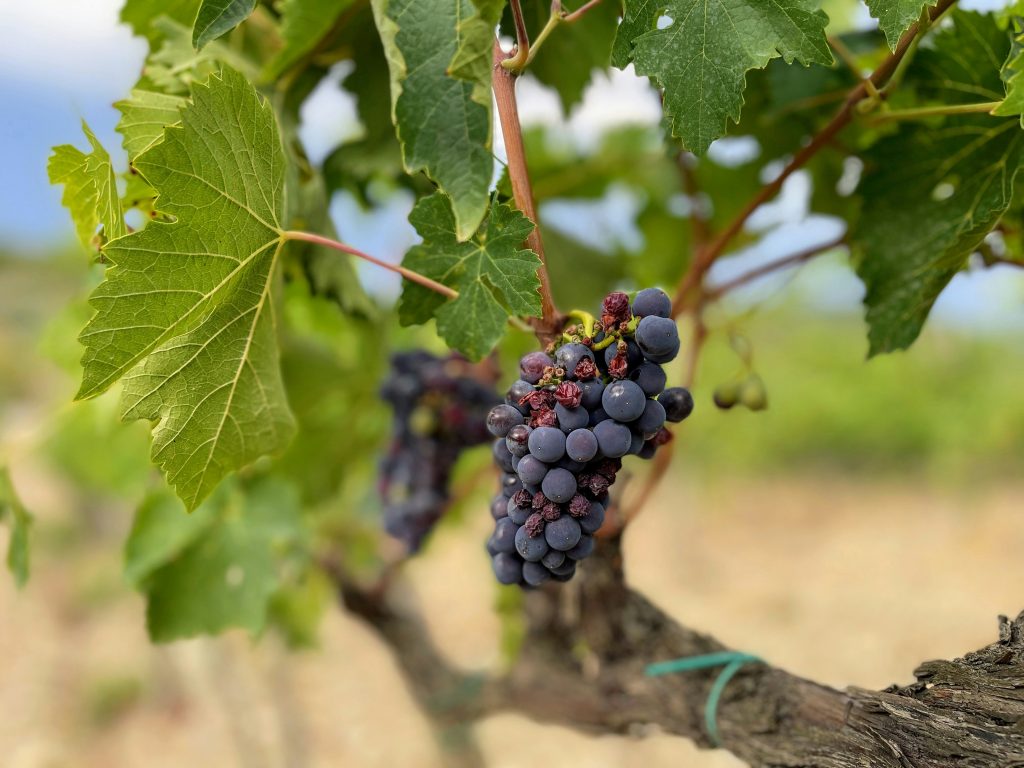
So… is it just a marketing term?
Not entirely. As vines age, their yields drop, but their grape quality often improves. Fewer, more concentrated grapes = more flavor, more complexity, and (often) better wine.
So next time you see “Old Vine” on a label, don’t just see hype — see history, scarcity, and a sign that what’s inside might just be worth the pour.
Zinfandel: Taste & Pairing with Pairable™
Zinfandel — especially from old or ancient vines — is known for its ripe fruit character, peppery spice, and a bold, sometimes jammy finish. You might taste notes of blackberry, cherry, plum, cinnamon, and even smoked herbs.
It’s a bold red that’s surprisingly versatile when it comes to food.
Pairable™-Recommended Matches for Zinfandel:
- Barbecue ribs with a sweet/spicy glaze
- Grilled sausages or brats with roasted peppers
- Spicy burgers or pulled pork sandwiches
- Hard cheeses like aged cheddar or manchego
- Hearty vegetarian fare, like lentil chili or smoky eggplant
Old vines, rich wines, and the perfect pairing — all just a tap away. Try it with Pairable™ and discover your next favorite pour.



